Description of the Amager cabbage variety, characteristics and cultivation
Those who grow vegetables on their backyard are looking for varieties with positive characteristics - Amager 611 cabbage is an excellent option. The variety has been grown on the Russian market since 1943. Popular for its excellent taste and disease resistance. Therefore, I received numerous positive reviews from agronomists and ordinary summer residents.
Variety characteristics
Amager or Amager 611 is a late-ripening variety of white cabbage, grown throughout the Russian Federation, but ripening times differ in different regions. The characteristic of the variety is that, due to its resistance to cold weather, it is planted in early spring. The ripening period of the forks is late - 150-170 days after planting the seeds for seedlings.
Description of the Amager cabbage variety - forms a semi-spreading rosette with bright green leaves raised above the fork. The stump reaches a length of 27 centimeters.
The leaf is smooth, wavy along the edge, strongly concave in the head. The color of the leaves is green with a blue and purple tint and a waxy bloom.
The head of cabbage is dense, has a rounded-concave shape. The weight of one head of cabbage reaches 4 kilograms. High yield variety.
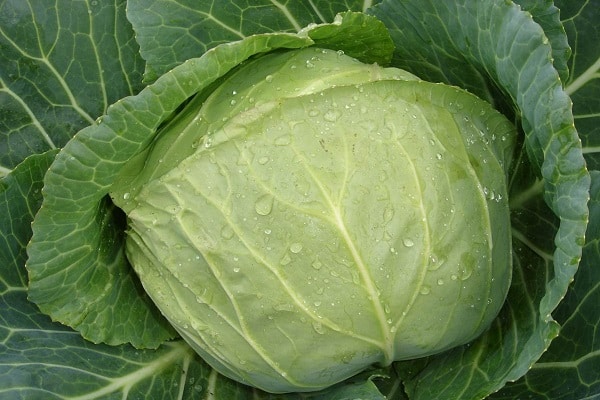
Features of the variety
The variety has been popular and has received positive reviews for many years due to its resistance to weather changes and much more:
- Keeping quality.
- Resistant to cracking.
- Cold tolerance.
- Drought and heat resistant.
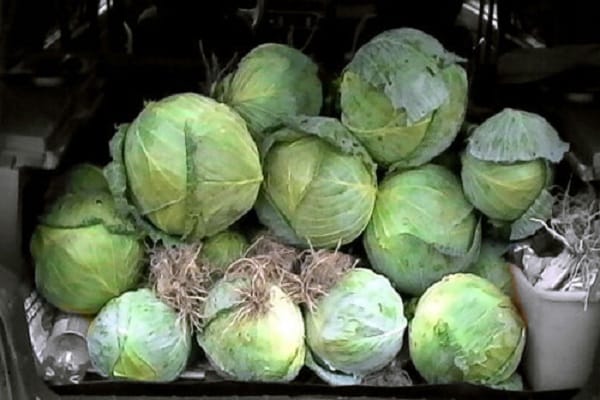
Seedlings are not damaged by frost, and forks not harvested in time can withstand temperatures down to -3 ° C. At the same time, at the beginning of storage, the vegetable contains less vitamins and minerals than the head of cabbage, which has lain for 2-3 months.
Despite the positive aspects of cabbage, there are also negative qualities in the variety. It is susceptible to fusarium and vascular bacteriosis diseases with improper plant care. During storage, punctate necrosis may appear. With prolonged extremely high temperatures, the head of cabbage stops growing and requires watering.
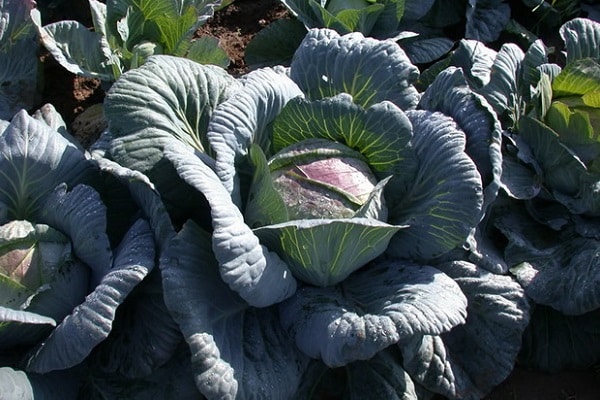
Growing conditions
As mentioned earlier, Amager 611 is grown everywhere in two ways, excluding the most northern regions of Russia - there the heads of cabbage do not have time to ripen.
- Sowing seeds in the ground.
- Sowing seeds for seedlings.
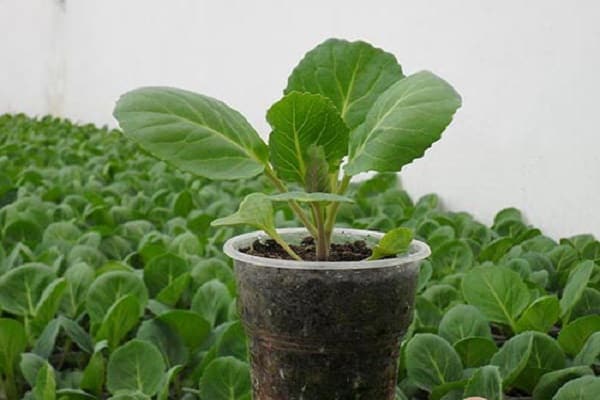
Seeds are planted in a direct way at the end of April, while in regions with a cold climate it is advisable grow cabbage only in a seedling way. The sowing technique is as follows. Sow cabbage seeds for seedlings in late March - early April, while the grown seedlings are transplanted into open ground starting in late April. Growing times differ in different regions.
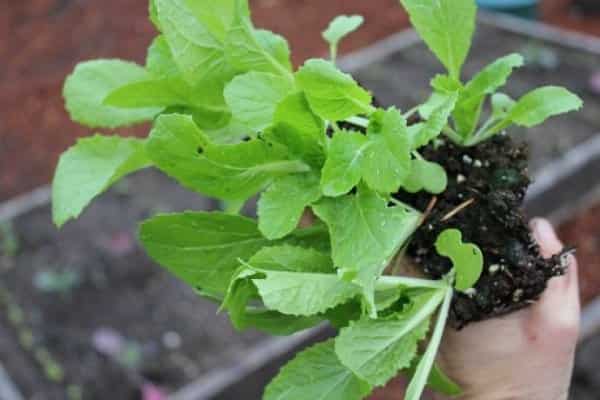
Watering plants
To obtain a good harvest of Amager cabbage, constant abundant watering is important. Water heated to summer temperature is used. Cold water will delay plant development and harvest. Usually, cabbage seedlings are watered at the root in specially prepared holes - a hole is made around the culture trunk, raising the soil along the edges so that water does not flow out. It is not recommended to pour water on the leaves - sunburn will occur.
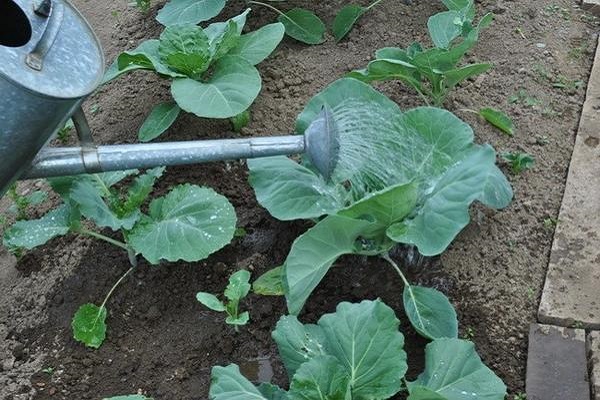
Two months before harvesting, watering is reduced in order to prevent cracking of ripe heads of cabbage. For a month, watering is completely stopped,
To reduce water consumption during irrigation around the plants, the soil is mulched. Less weed grows on such soil, and watering is reduced to 1 time per week.

Plant feeding
Fertilizers are applied at least once a month. 2 weeks after planting the seeds, the seedlings are fed with a mixture of urea and fertilizers of potassium, superphosphate and water in a ratio of 10:20:10.
When planting seedlings, organic fertilizers are added to the holes. Subsequent fertilizing is carried out no earlier than 15 days after planting seedlings in the ground. The following materials are used as fertilizers:

- rotten grass
- compost,
- mullein,
- chicken droppings,
- potassium chloride,
- superphosphate,
- urea,
- boric acid,
- wood ash.
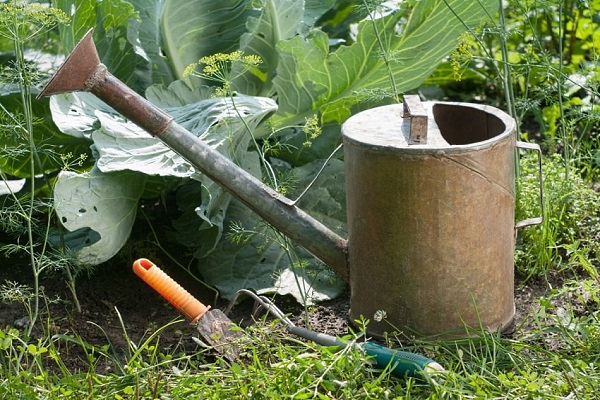
These fertilizers alternate with each other or are used in combination - 2-3 fertilizers once a month.
Late top dressing in August is carried out to increase the duration of winter storage and improve the quality of late heads. For this purpose, potassium, nitrogen, mullein, boric acid are used.
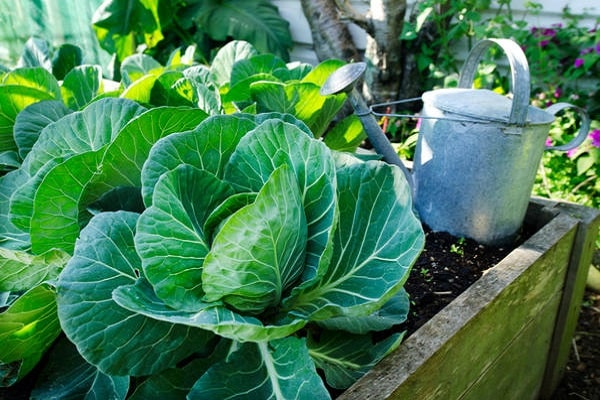
Disease prevention
After planting in the garden, the plants must be constantly monitored in order to identify the disease and immediately begin to fight it.
As a rule, several infections overcome cabbage - downy mildew, black leg, keel. Diseases are serious, subsequently the vegetables do not ripen or die. It is important to detect the infection in time. When transplanting seedlings, carefully examine the roots of plants for the presence of outgrowths, the stems should be green without dark spots, and the leaves without any plaque, lethargy, dried parts. If signs of disease are found, infected seedlings are destroyed. Planting one diseased seedling in the garden will destroy the entire site.
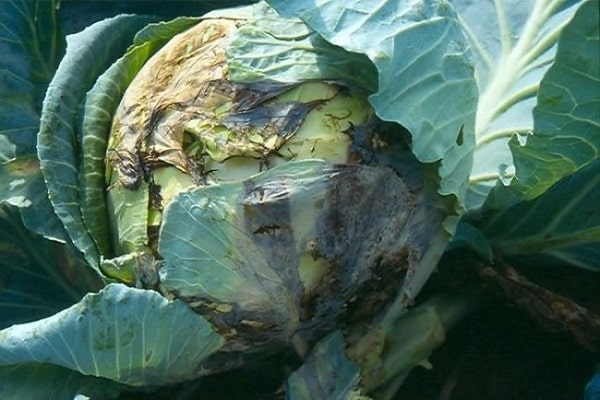
Reviews of the variety Amager 611
For a long time planting in Russia, the variety has received numerous reviews from agronomists, gardeners and ordinary owners of the personal plot. Let's get acquainted with some of them:
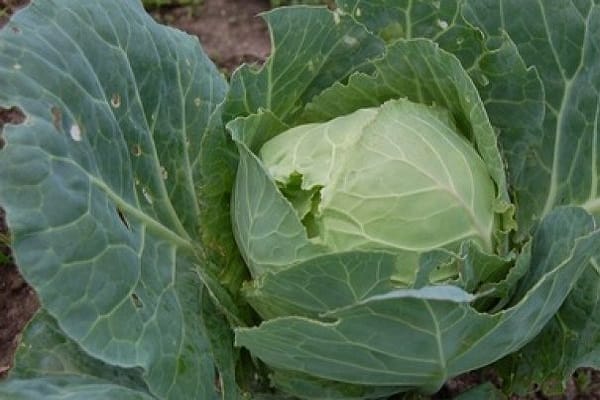
Marina Vladimirovna from Volgograd writes: “I have been growing Amager 611 for many years on my site and always get an excellent harvest of large cabbage heads. Cabbage does not require much attention during growth; by September-October, heads of cabbage reach about 5 kilograms in weight. It is perfectly stored in the cellar throughout the winter, the heads of cabbage do not rot. Until spring, we use almost the entire crop, it is enough to distribute to relatives and treat neighbors ”.
Dmitry Alexandrovich from Ufa: “I planted the variety last year, the late heads of cabbage ripened by the end of September. During the growth, they never got sick, did not have to treat them with poison, they are demanding on fertilizers and watering, they are afraid of the heat, but they also do not welcome high humidity - one head of cabbage festered, but we immediately put it into the cabbage soup. The harvest is excellent, we will use the variety again. "
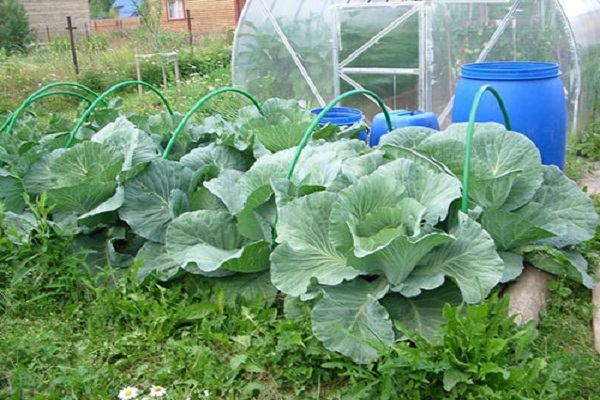
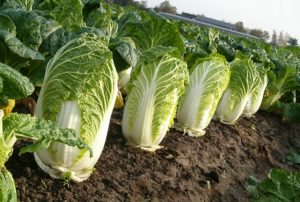
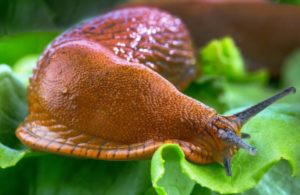

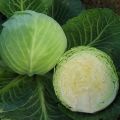
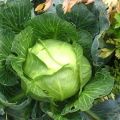
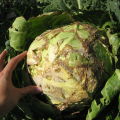
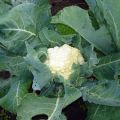

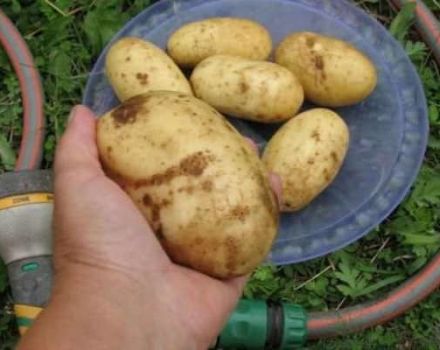
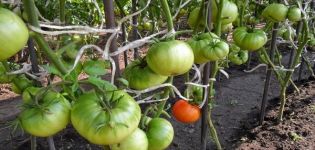
The harvest is excellent, the cabbage grows quite large. There is no need to create special conditions for its development. I only use BioGrow, the product is not toxic, so it does not cause any harm.